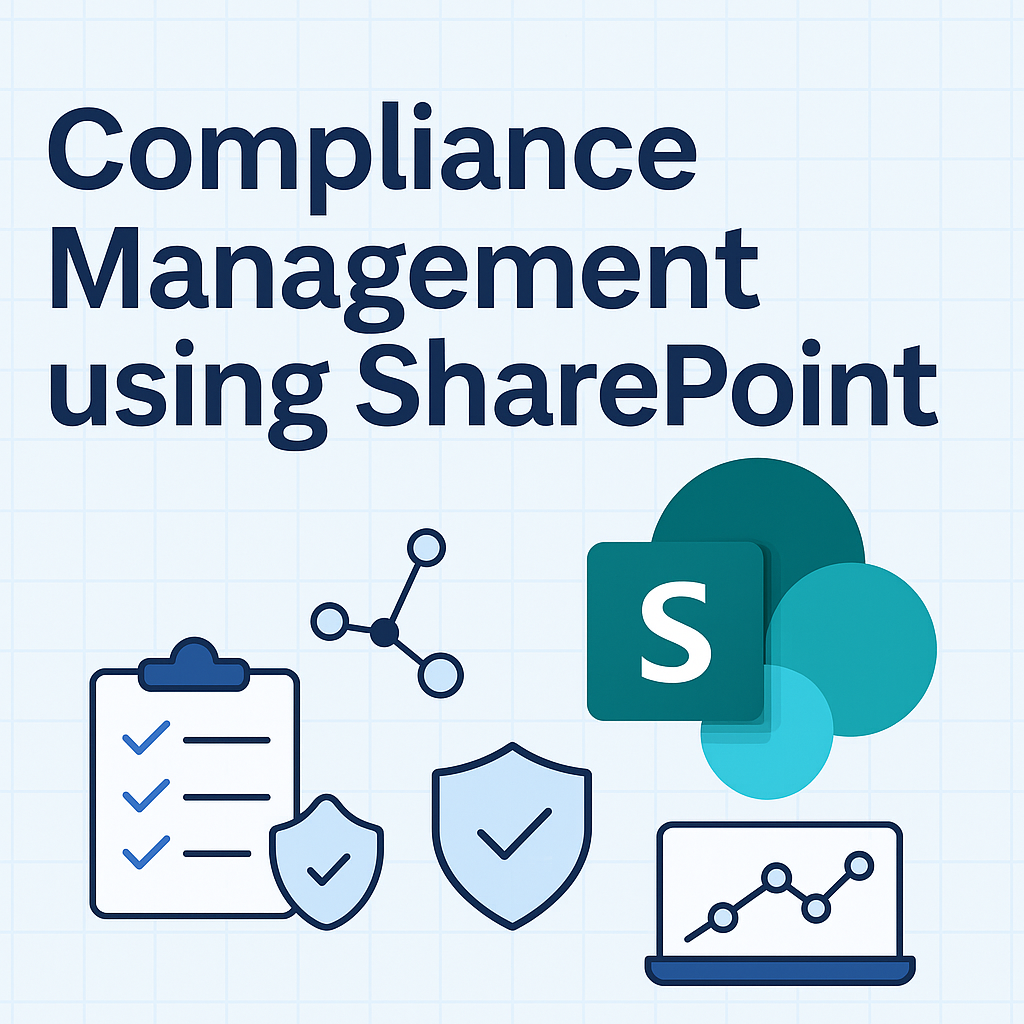Process automation is used to signify robots in the production age of business. Process automation has grown from an emerging technology to the labour of identifying how best to service your consumers in today’s relationship and internet era. Business automation process allows today’s professionals to spend their time creating crucial contacts and differentiating themselves in the marketplace in its current position as both a programming powerhouse and a model of work efficiency.
So, firstly what is Business Automation Process?
Business automation process is a method in which companies utilise technology to manage their employees and systems through processes. Processes are groups of operations that help your company achieve its objectives. Automation, according to TI, may save operational expenses by up to 90%.

We’ll take a deeper look at each of the six pillars in this blog regarding business automation process experiences.
1. Sustainability
Your software code must be of high quality to sustain your platform with minimal effort. Continuous testing of the code quality of your digital platform is essential to achieve this. Ascertain that you have automated code quality checks in place and that you are testing against industry and project-specific standards.
You may set up triggers for new code contributions and merge requests using version control. You may validate code early by running linters, code analyzers, and even security and performance tests using CI/CD pipelines provided by several GIT web services, such as GitHub, Bitbucket, and Gitlab. It may also be assured that essential code reviews are performed by employing a well-thought-out source control branching and merging approach.
2. Reliability & Authenticity
The use of log analysis tools and correct monitoring metrics enables early detection of potential errors. A catastrophic application failure can be avoided or minimised. The relevant parameters to trigger an alarm can be determined using historical data. These procedures should be automated as much as feasible to guarantee that environment modifications and code deployments do not have any unintended consequences. Non-production and production settings should both employ the same automated method.
3. Swiftness
Speed is a vital component in successfully reducing your time to market, according to our experience. Your company must be Rapid to deliver features every week, if not every day, and to guarantee that teams adapt rapidly to technical advances and changing client demands. This also incorporates a DevOps approach to development, in which several disciplines collaborate closely in a single team.
4. Effectiveness
You must have a test strategy and plan in place to verify that effectiveness does not break and continues to work as intended after each release. You cannot afford to waste hours on manual testing since it will stymie your delivery. Effective testing may be automated with solutions like Odoo, Microsoft D365, and HubSpot. Failed tests may be rapidly examined and code fixes made with the correct reporting structure.
5. Performance
Optimization is frequently placed on the back burner and considered until after new functionality has been implemented. This is not always the greatest option. The performance of an application can have a significant impact on its success. For example, adding additional features to a website to improve consumer ease may appear to be a smart idea. However, if you raise the load time of a website by only half a second, you may have the opposite impact.
6. Security
This is not the least significant pillar. It covers a wide range of topics on both the platform and application levels. Encryption on all available levels should be used to ensure that no data is leaked. You should be mindful of data flows, especially considering GDPR (General Data Protection Regulation) and reduce the storage and transit of sensitive data whenever feasible. A tight method for managing user accounts and permissions should be established. For both network access and permission policies, apply the ‘principle of least privilege.’ All these examples are primarily concerned with the platform on which your application is operating, but the application code also plays an essential part in security. Use penetration testing regularly to ensure that your code is compliant.
Conclusion
Knowing these six pillars will aid you in your company’s journey to continuous delivery. The first three pillars are concerned with establishing the proper method to work, whereas the latter three are mostly concerned with automated testing and analysis. Faster time-to-market necessitates automation, and there are several solutions available to assist you in this endeavour.
From start to end, Target Integration delivers experienced service in Business Automation processes, consulting, and implementation. Target integration works with a variety of products, technologies, and services that are suitable for your specific company goals, ranging from hundreds of business automation solutions for small to big-size enterprises. Target Integration is frequently a premium partner with prominent automation software vendors such as Odoo, SAP, and others. Please get in touch with us if you want to learn more about the Business automation process and other implementation tools.



